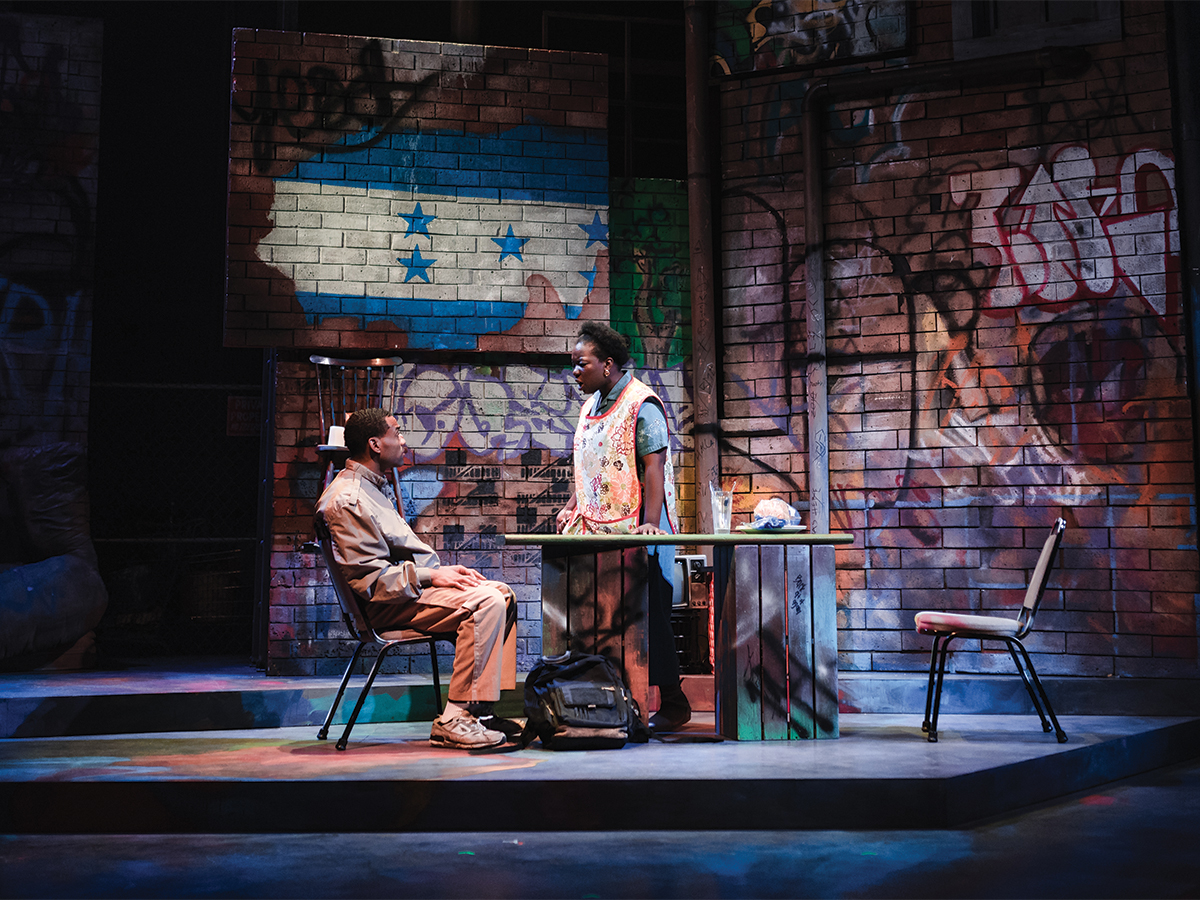
When The Sugar Hill Gang released “Rapper’s Delight” in the fall of 1979, not only did it introduce all but New York to the exciting, new, distinctly black genre of music known as hip-hop, but it frustrated those at the heart of the culture’s origins. MCs and DJs like Afrika Bambaataa and Grandmaster Flash and the community around them rejected the commercial misrepresentation of their unique forms of representation. Over time, the record would be more widely accepted despite its void of social commentary and the group’s unfamiliarity with the plights of urban life in South Bronx. Still, one can surely appreciate the irony in how it quickly became the distillation of the aesthetics of hip-hop despite not coming from the geographical space or culture that truly birthed it. It might be a minor mark on the song’s legacy, but that initial backlash resonates strongly with anyone who knows the feeling of having something of yours taken from you, and it then being thrown to the world for all to misinterpret.
I learned this slice of music history in Hip-Hop Theater, a class taught by Rickerby Hinds in the fall of 2016. What was so intriguing about that class wasn’t simply the crash course in the roots of hip-hop culture, KRS-One’s five pillars and all, but the way Hinds saw it all as a rich playground for astute playwrights and performers.
Following the success of his wildly popular “Dreamscape” play — which received six 2016 NAACP nominations and won three including Best Director, Actor and Lead Actress — Hinds returns to Sugar Hill Gang’s greatest cultural export in his play “Birthmark,” directed by Chari Arespacochaga. “Birthmark” is a coming-of-age hip-hop gospel loosely based on Hinds’ own experience as a Honduran immigrant to South Central LA during in the ‘80s. Like “Dreamscape,” the moment in time where the story exists in “Birthmark” is a very particular one, and the specificity of the events are catalysts for universal messages on cultural integration, immigration, the dichotomy of popular culture and religion and the personal resonance of hip-hop.
From the first few minutes of “Birthmark,” it’s clear that Hinds is interested in the nostalgic qualities of early era hip-hop, particularly the iconic first lines of “Rapper’s Delight.” There’s other songs featured in the play, but this is the one Enrique keeps coming back to. “Birthmark” is an exciting and unique play that distills the essence of hip-hop theater while being in conversation with hip-hop cultures of the past and present in ways that aren’t always immediately noticeable.
Directing Hinds’ deeply personal story was a challenge for director Arespacochaga, but wasn’t necessarily challenging on account of how well communication between director, playwright and performers played out. During the talkback at the May 18 showing of “Birthmark,” Hinds, Arespacochaga and others discussed the origins of the play and the process of actualizing it for a UCR production. “(Hinds) was really generous about not imposing his personality on this,” Arespacochaga said in the post-performance Q&A. “If it’s not on the page, it’s not there,” Hinds followed up.
The making of “Birthmark” was a process of collaboration between cast and crew to figure out how to fill in details of the story, and it shows in the play that everything — from the era-specific slang and attire, set design and performance nuances — was lovingly calculated. Never obtuse or frustrating, “Birthmark” wastes no time spoon feeding information to its audience, in turn making for some stylish transitions and interesting use of visual language. Lead actor and UCR graduate Andrew Hardin deftly portrayed the protagonist, Enrique, at each of the play’s defining points in time, but it was the dynamic between him and his mother, played excellently by Sade Ayodele, that elevated the emotional resonance of the play. Some things Ayodele noted and appreciated about the play were the inclusive cast and crew and empowering ability to affirm people like the character of Enrique, marginalized people attempting to assimilate into an alien cultural space.
If there’s anything that Hinds and Arespacochaga want to communicate to the audience, it’s that the culture is rich with stories not unlike “Birthmark,” stories intrinsically linked to the songs and styles of hip-hop culture of the ‘80s. “I hope our actors, our crew and our UCR students can be inspired,” the director says, to consider “what it is we can create to … the telling of new and necessary stories” vis a vis hip-hop theater.








